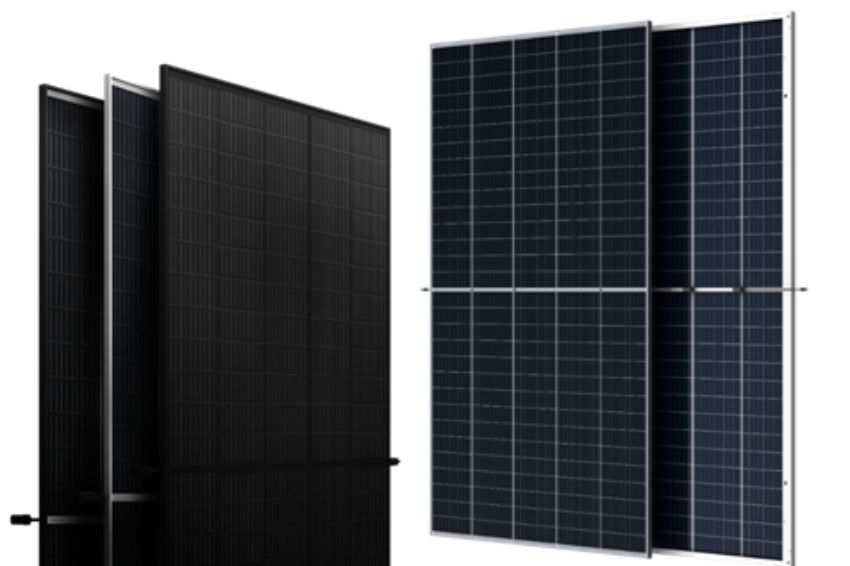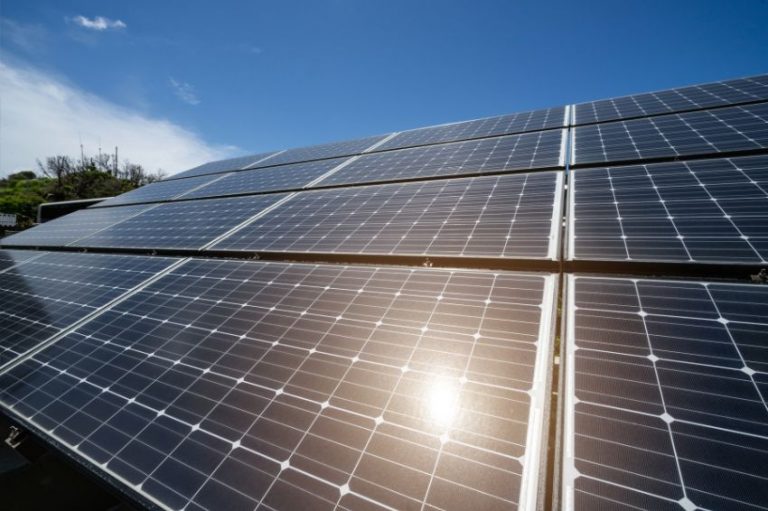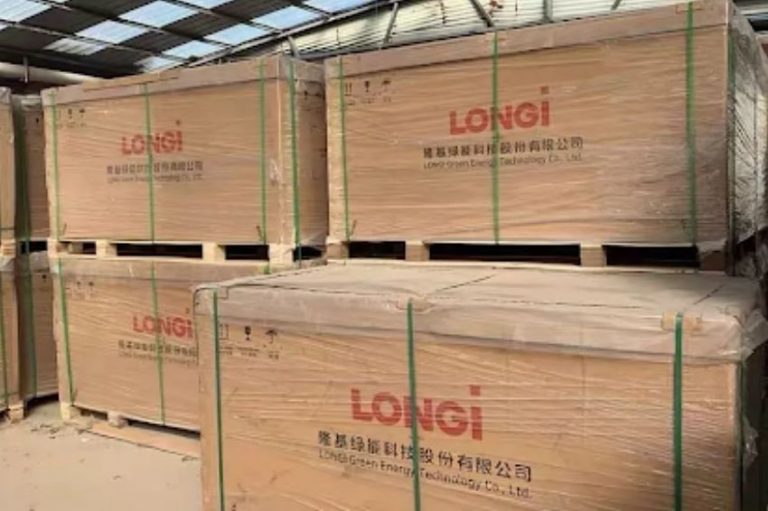N-Type cells, due to their composition and their very nature, have greater tolerance to impurities and fewer defects, which is why they offer greater performance and overall efficiency. Let's look at these advantages one at a time and, as you will see, they are not few.
Better efficiency
N-Type cells are simply more efficient, that is, with the same surface more energy is achieved over time. This is one of the main advantages, as the market always demands greater generation powers.
In recent years, this increase in power has been achieved mainly by increasing the absorption surface, i.e., using larger surface cells and/or simply using more cells per panel.
But this increase in surface area has repercussions for modules that are getting bigger, heavier, and then increasingly less manipulative.
Several voices in the industry believe that we have already reached the maximum module sizes, and that we should not have larger ones. So the only way to get more power is to get more efficiency.
And the N-Type cell is one of the best allies in this challenge of achieving more power without expanding the module surface. Now is perhaps when we will really see further increases in module efficiency.
No LID
In N-Type cells, as we mentioned, phosphorus is generally used for cell doping. Since boron is not used, there is no possible combination of boron and oxygen that can be present in the cell.
This boron-oxygen combination is largely responsible for causing energy loss due to the degradation of the LID (Light Induced Degradation) effect.
This LID effect, present in P-type modules that use boron as doping, causes performance losses between 1% and 3% of normal. Sometimes much more, from the beginning of the installation's useful life, in the first exposures to the sun.
These losses are irreversible, that is, throughout the life of the PV module. Which is no small feat, when you take into account all the energy it represents over the useful life of a photovoltaic installation, which should reach more than 35 years of operation.
Some manufacturers use gallium instead of boron in their P-Type cells, thus avoiding the boron-oxygen effect, having more energy available and generating more energy throughout its useful life. Some examples are Longi, for years now, and JA Solar and REC in their respective new module ranges.
Less PID
Speaking of degradation, this time induced by potential, the N-Type also has greater resistance to PID (Potential Induction of Degradation). GDP with P-type cells mainly comes from the effect of glass imperfections, such as oxygen, which combines with boron.
Considering that, in type N modules, it is the quality of the cell itself that can cause PID losses, as it does not have boron, much of the problem is eliminated.
These two advantages, no LID and less PID, are summarized for the end customer in less degradation in the first year and also in less degradation in the following years. In other words, the N-Type provides more energy throughout the life of the installation.
Better temperature coefficient
N-type cells have a better temperature coefficient than P-type cells. That is, energy loss, mainly due to voltage drop, is less affected when temperatures rise.
This allows for greater energy output in difficult conditions for silicon, that is, when it is hotter – in general, this is when there is more radiation as well. We can say that N-Type cells offer more energy when conditions are more adverse and interesting.
Much higher Bifaciality Coefficient
As nothing happens by chance, here we also talk about bifacial modules. We already know that this technology is making a growing hole in the market and is even driving and leading the research and development of photovoltaic modules in general.
Well, as Perc technology has arrived massively, bifacial technology is making a great journey, since between one and the other there is just a small step to achieve big repercussions.
Bifacial technology came to capture a large part of the market, especially that of large plants, due to its more than interesting increase in production, while a reduced price increase €/Wp. In other words, by paying a little more you can generate much more.
The N-Type cell has a better bifaciality coefficient than the P-type cell. That is, in itself, this cell can generate more energy behind than the P-type cell.
The bifaciality factor, or coefficient (%), is defined as the ratio between the efficiency obtained by the rear part of the module and the efficiency obtained by the front of the module, when both sides are subjected to the same irradiation. For example, 1000W per square meter, as in standard tests.
This advantage is not insignificant, especially when some manufacturers are evaluating the possibility of maintaining only bifacial module lines in the not-so-distant future.
All these perks add more power.
This is why we can think that the development of N-Type technology will become more and more important in the market and this technology will gradually make its way.
















One Response
It's great to have this information.